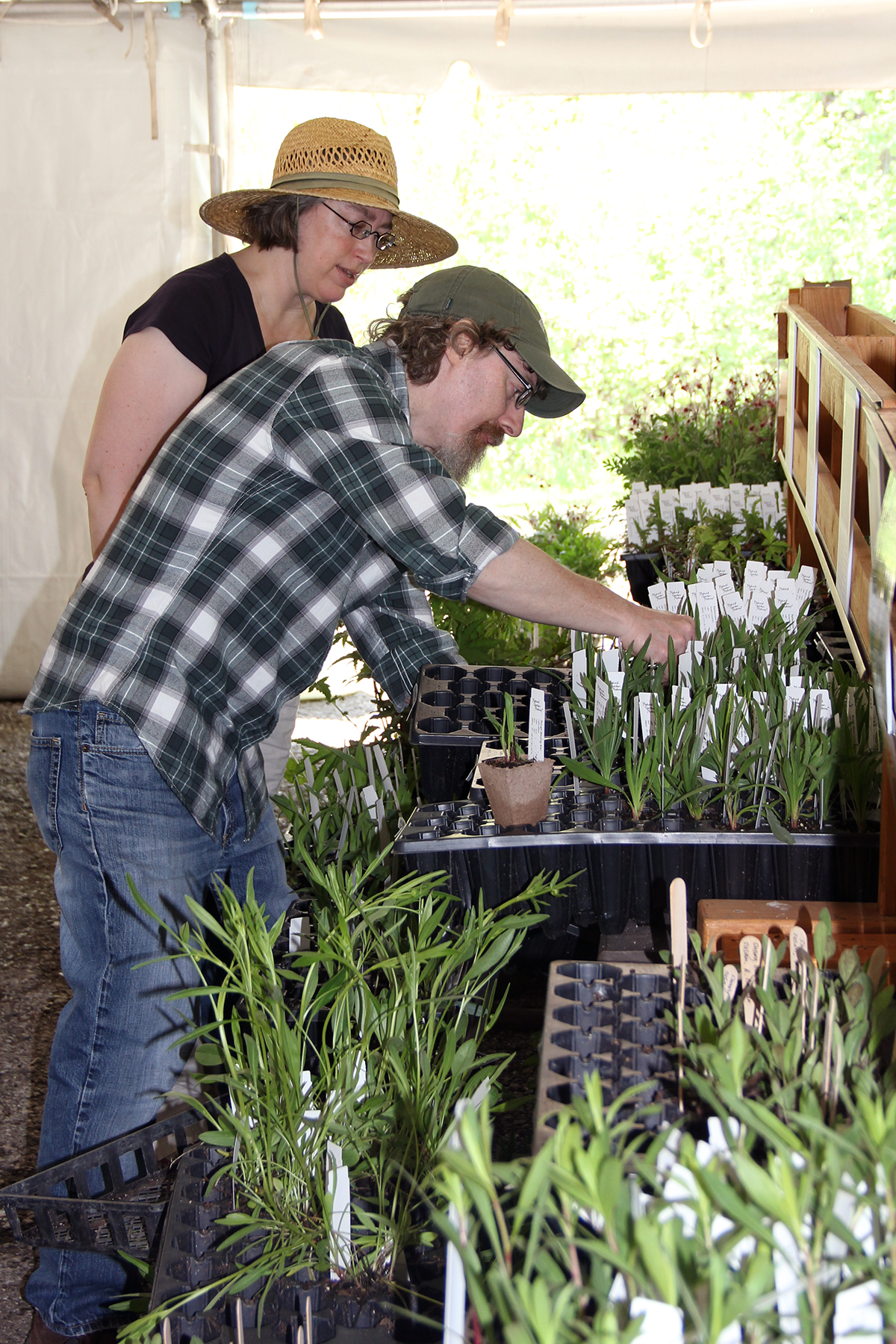Credit: FPDDC
Spring has arrived!
At least according to the calendar. Here in the Chicago area, a few enticing warm days, robins returning, and daffodils leaf blades poking out of the ground are signs that ‘real’ spring is coming. But we know snow in April is always in the realm of possibilities.
That said, it’s hard not to start thinking about your garden hopes and dreams for 2022. And if you are reading this blog, I hope your plans include making space for native plants. Which means providing nourishment and homes for insects, birds and an assortment of other critters you can enjoy.
How to Choose the Best Plants for Your Landscape
Before a sunny, warm Saturday coaxes you to rush out to the nearest nursery or plant sale, spend some time considering the following:- What are you trying to achieve? Do you want to attract butterflies and other pollinators? Plant a rain garden to deal with a problem wet spot in your yard? Screen an unsightly view (like your neighbor’s ‘weathered’ shed) with a hedge of native shrubs? Create a small ‘getaway’ oasis with a bench or chairs surrounded by beautiful native forbs and grasses? Like any garden, don’t plant more than you are prepared to manage.
- What are your planting conditions? How much sun does your planting area get? (see box for guidance). Is your soil typically dry, evenly moist or usually wet? What is the texture of your soil-- mostly clay, rich and loamy or sandy?

Remember this adage: Right plant, right place. You may be determined to coax a sun-loving prairie grass that thrives in lean soil to grow in part shade in nutrient-rich soil. But you’re going to have an unhappy plant. And likely a short-lived one. Also keep in mind the plant’s mature size (height and spread). It’s going to take most plants a few years to reach that size; don’t be tempted to overcrowd them while planting. That causes plants to stress and invites disease. Patience pays off.
- What established plants will you leave in place? If planting near evergreens or maples, for example, you’ll need to consider dense tree roots that will not only make digging tough but will compete for water and nutrients.
- How ‘native’ do you want to go? I applaud those folks who have converted their entire backyards into native prairie. Those are big wins for wildlife. Yet for most people living on quarter acre lots or less, ripping out all or most of their entire lawn isn’t practical or desirable. That said, I encourage you as much as possible to buy plants native to where you live. They will be most beneficial to wildlife.
There are times, however, when cultivars of natives—known as nativars*—are a better choice. For example, many shrubs native to northeastern Illinois are too large for most lots. The nativars of these shrubs are of a more manageable size, without changing other key plant characteristics. Generally, nativars that vary significantly in appearance from their native brethren often are much less beneficial to native wildlife, particularly pollinators and other insects. Traits of special concern include flower color and size; foliage color; and double flowers. Bees are especially sensitive to flower color.
- What’s your budget? Plant plugs are a less expensive option; they typically cost $3-5 each—less if you buy a large quantity. So you can purchase more but the plants will take longer to mature to full size. Potted plants are more developed when you put them in the ground. But that comes at a cost. A native perennial plant from a reputable grower/nursery can cost $12--$15 or more.
- Think about bloom times. Different insects arrive in your yard at different times of the year. So ideally, you’ll plant to have blooms from late March-early April (ephemerals like Woodland Phlox) to October (Black-eyed Susan's and Asters). Birds depend on a steady diet of insects during the growing season, but especially in the spring to feed their young.
- Avoid onesies or twosies. For most people it’s more aesthetically pleasing to see perennials planted in drifts or blocks of plants (3, 5, 7, 9). Make single purchases of plants for places you want a focal point in your garden bed; a multi-stem tree or large vase-shaped grass.
- Plan for multi-season interest. While there are exceptions, most plants only flower for a couple of weeks. So you should consider plant foliage color (spring/summer/fall), texture (big rough leaves vs. fine), structure (multi-stem vs. single stem trees, for example). Also, grasses should be incorporated into your native gardens. They provide structure/support, and nearly year-round interest.
All set to shop? Good. Now repeat after me: Right plant, right place. Right plant right place. . .
(Speaking of shopping, the WildOnes Greater DuPage chapter website has helpful information on native plant sales and nurseries.)
* According to WildOnes, “A nativar is a cultivar of a native plant. Nativars can occur in nature or they can be produced in the nursery trade by crossing two plants or selecting for certain traits (such as leaf or flower color, flower form, plant height, etc.). Nativars for sale in a garden center can usually be recognized by looking closely at the plant’s name tag. Tags of nativars should have the name of the cultivated variety in single quotes following the scientific name of the plant. An example is the Little Bluestem cultivar, Schizachyrium scoparium ‘The Blues.’”
